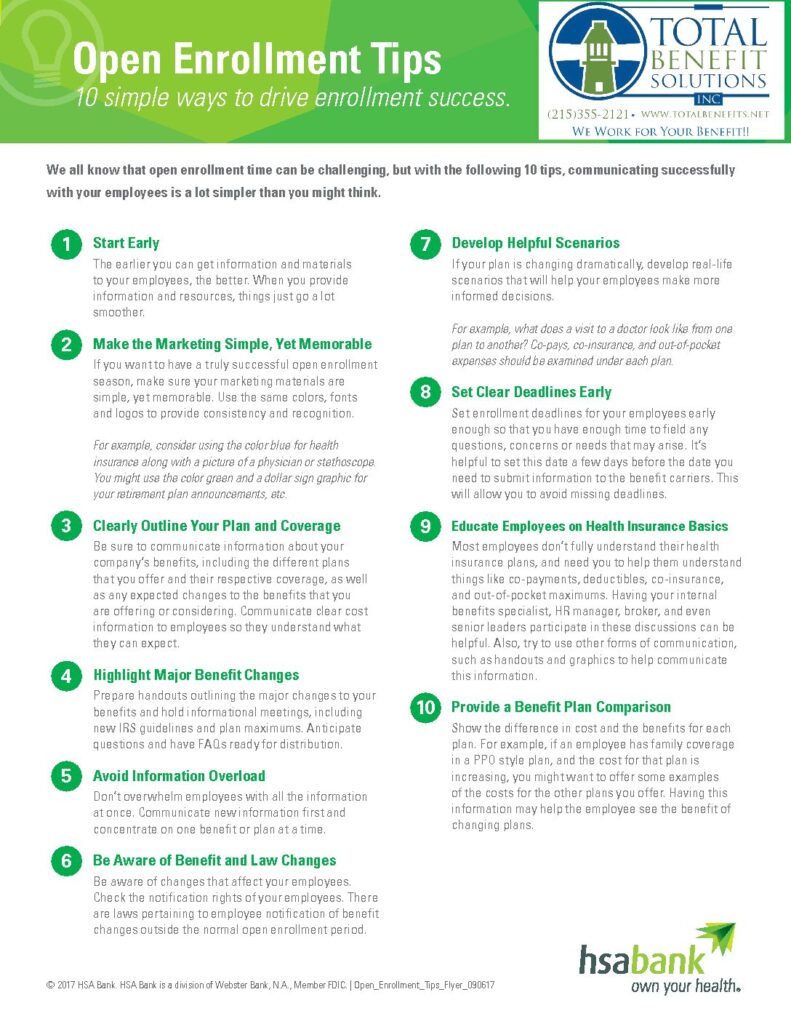The Issue One of our clients approached us during a pre-renewal meeting to ask how they can further control costs without drastically impacting the well-being of their employees. Our Solution They already had done most of the things we had recommended in past years, but there was one area left that could help…voluntary benefits. We suggested they offer a portfolio of programs that included life and disability coverage, allowing them to reduce the scope of their “rich” company paid plans and enabling anyone interested to supplement the reduced benefits by purchasing the coverage on their own. This, we felt, was a great way to save premium dollars without creating too… Read More
Continue Reading












You must be logged in to post a comment.